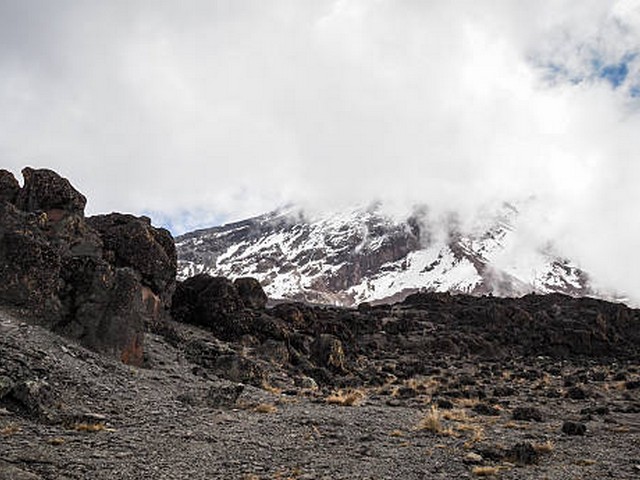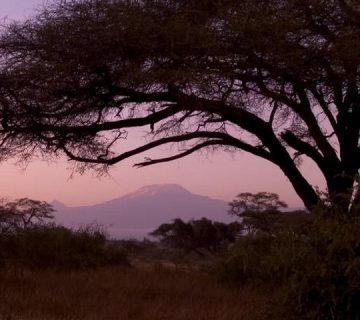Best Backpacks for Kilimanjaro Trekking: Your Guide to Conquering the Roof of Africa
Welcome to the ultimate guide on choosing the best backpacks for your Kilimanjaro adventure, brought to you by the Kilimanjaro Centre for Trekking and Ecotourism (KCTE).
Climbing Mount Kilimanjaro, the highest peak in Africa, is a dream for many adventurers around the globe. As you prepare to conquer the majestic ‘Roof of Africa’, selecting the right gear is crucial to your trekking success and enjoyment. One of the most important pieces of equipment for this epic journey is your backpack. A good pack not only carries your essentials but also supports you as you ascend through diverse climates and challenging terrains.
Why Your Backpack Makes All the Difference on Kilimanjaro
A trek up Kilimanjaro takes you through five unique ecological zones, from rainforest to alpine desert to the arctic summit. Each zone presents its own challenges and requires different gear and supplies. Your backpack is your constant companion throughout this journey, holding everything from your rain gear and sleeping bag to snacks and water.
Choosing the wrong backpack can lead to discomfort and even injury, potentially derailing your trekking experience. It’s essential to find a backpack that fits well, can handle the Kilimanjaro climate variations, and is durable enough to survive the rugged conditions of a high-altitude trek.
How to Choose the Best Backpack for Kilimanjaro Trekking
1. Capacity: Finding Your Perfect Size
The length of your climb (typically 5 to 9 days) will dictate the capacity of the backpack needed. A 55 to 65-liter backpack is ideal for most climbers. This size is spacious enough to hold all your essentials without being overly bulky or heavy.
2. Fit: Comfort is Key
A good fit is crucial. Look for a backpack with adjustable straps and a hip belt that distributes weight evenly to reduce strain on your back and shoulders. Make sure to try on the pack with some weight in it to ensure it sits comfortably on your body.
3. Durability: Built to Last
The rugged terrain of Kilimanjaro demands a backpack made from high-quality, durable materials. Nylon and polyester are strong fabrics that can withstand abrasion and harsh weather conditions. Check for reinforced stitching and robust zippers.
4. Compartments and Accessibility
Multiple compartments can help organize gear efficiently, making it easier to access items without having to unpack everything. Pockets designed for water bottles and small items like sunscreen, maps, or snacks are particularly useful.
5. Weather Resistance
Weather on Mount Kilimanjaro can be unpredictable. A backpack with a built-in rain cover or water-resistant material is a must to protect your gear from moisture.
Top Recommended Backpacks for Kilimanjaro Trekking
- Osprey Aether AG 60 – Known for its Anti-Gravity suspension, it’s incredibly comfortable and adjustable, perfect for the varied demands of Kilimanjaro.
- Deuter Aircontact Lite 65 + 10 – Offers fantastic ventilation and load adjustment features, making it ideal for the long haul.
- The North Face Terra 65 – Durable and designed with an easy-to-adjust suspension system, this backpack is built for comfort and resilience on rough trails.
Packing Tips for Your Kilimanjaro Adventure
- Pack Light: Only bring essentials to minimize weight.
- Use Packing Cubes: These can help organize and compress your clothes and gear.
- Hydration System: Consider a backpack with a hydration reservoir or easy access to water bottles.
- Test Your Pack: Go on several hikes with your packed bag before your Kilimanjaro trip to get used to the weight and make any necessary adjustments.
Remember to Book with KCTE
When planning your Kilimanjaro trek, consider booking with the Kilimanjaro Centre for Trekking and Ecotourism (KCTE). Our expert guides and comprehensive trekking services ensure you have a memorable and safe experience as you tackle this incredible mountain.
Frequently Asked Questions
Q1: Can I rent a backpack instead of buying one?
A1: Yes, renting is an option. KCTE offers high-quality rental gear, including backpacks, which are specifically suited for Kilimanjaro conditions.
Q2: How important is it to have a waterproof backpack?
A2: Very important. Sudden rain showers are common, and keeping your gear dry is crucial, especially in colder zones.
Q3: Should my day pack be different from my main backpack?
A3: Yes, a smaller day pack is useful for carrying water, snacks, and extra clothing layers during your daily hikes. Your main pack can be left at camp with non-essential items.
Q4: How can I reduce backpack weight without compromising essentials?
A4: Focus on multi-use items and lightweight gear. For instance, choose a lightweight sleeping bag and pad, and wear your heaviest clothing items to reduce pack weight.
Concluding Thoughts
Selecting the best backpack for your Kilimanjaro trek is about balancing capacity, comfort, durability, and weather resistance. With the right backpack, you’re one step closer to enjoying and conquering the majestic Mount Kilimanjaro.
Why not ensure the rest of your journey is just as well-equipped and guided? Book your climbing adventure with Kilimanjaro Centre for Trekking and Ecotourism (KCTE) today, and step into the wild with confidence. Embark on an adventure that transcends the ordinary, with KCTE as your trusted companion.
Climb high, dream big, and let Kilimanjaro awaken the adventurer in you!




